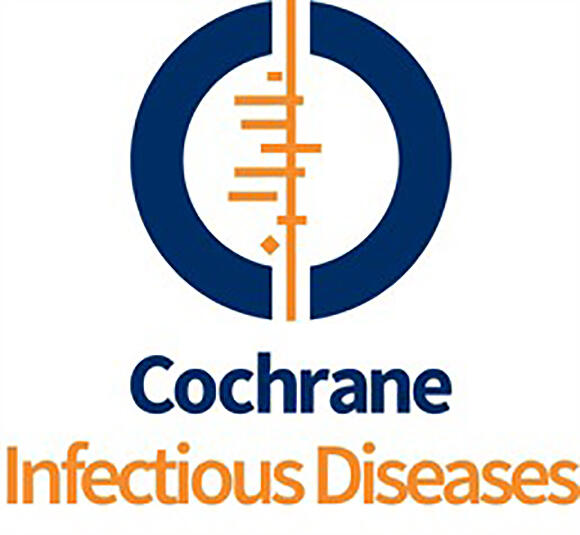
Researchers from the Cochrane Infectious Disease Group, hosted at LSTM, have conducted an independent review to assess how well point of care tests detect Schistosoma infections in people living in endemic regions.
Schistosomiasis, also known as bilharzia, is a parasitic disease classified as a neglected tropical diseases (NTD), which is common in tropical and subtropical regions. The traditional means of testing for the disease is microscopy, which is lab based. Point-of-care tests and urine reagent tests are quicker and easier to use than microscopy in the field, and this review aims to estimate how well these tests are able to detect schistosomiasis infections in comparison to traditional lab based microscopy.
Two independent authors identified 90 studies, involving 200,000 people, with 88 of the studies carried out in field settings in Africa. The studies looked at urine strips for detecting urinary schistosomiasis, the parasite antigen test for detecting both urinary schistosomiasis and intestinal schistosomiasis.
The review found that among the urine strips, the strips for detecting blood were better than those for detecting protein or white cells. The results showed that if you took 1000 people and 410 of these tested positive for urinary schistosomiasis using microscopy, then using the using the strip for detecting blood, 77 uninfected people would be misclassified as infected, and 102 would be misclassified as being uninfected when they actually had the disease.
The parasite antigen test was less effective than the strips for detecting urinary schistosomiasis; for intestinal schistosomiasis it identified many people with the disease but also misclassified many uninfected people as being infected. If you took 1000 people, where 360 have been identified as being infected through microscopy, with this test 288 people would be wrongly classified as being infected, whilst 40 people would be misclassified as being disease free.
Dr Eleanor Ochodo from the Centre for Evidence-based Health Care at Stellenbosch University, the lead author of the review, said: “The simple test using a strip for testing blood in the urine worked well. The antigen tests for the disease did not work so well for urinary schistosomiasis and in intestinal schistosomiasis it may classify many uninfected people as infected and lead to unnecessary treatment”.
LSTM’s Professor Russell Stothard is the Director of the COUNTDOWN research consortium, which launches this week following a £7 million grant from the Department for International Development (DFID) and will trial and evaluate new approaches to drug distribution in NTD programmes. An international expert in schistosomiasis, Professor Stothard said: “Those in the field of NTD research and control welcome reviews of this kind, looking at the efficacy of diagnostic tests for diseases affecting some of the poorest communities in the world. They draw together largely fragmented literature in one place allowing quick appraisal for informed decision making. Reviews such as this will ensure that COUNTDOWN benefits from the best research intelligence from within the NTD community and stays well informed throughout.”
Ochodo EA, Gopalakrishna G, Spek B, Reitsma JB, van Lieshout L, Polman K, Lamberton P, Bossuyt PMM, Leeflang MMG. Circulating antigen tests and urine reagent strips for diagnosis of active schistosomiasis in endemic areas. Cochrane Database of Systematic Reviews 2015, Issue 3. Art. No.: CD009579. DOI: 10.1002/14651858.CD009579.pub2.